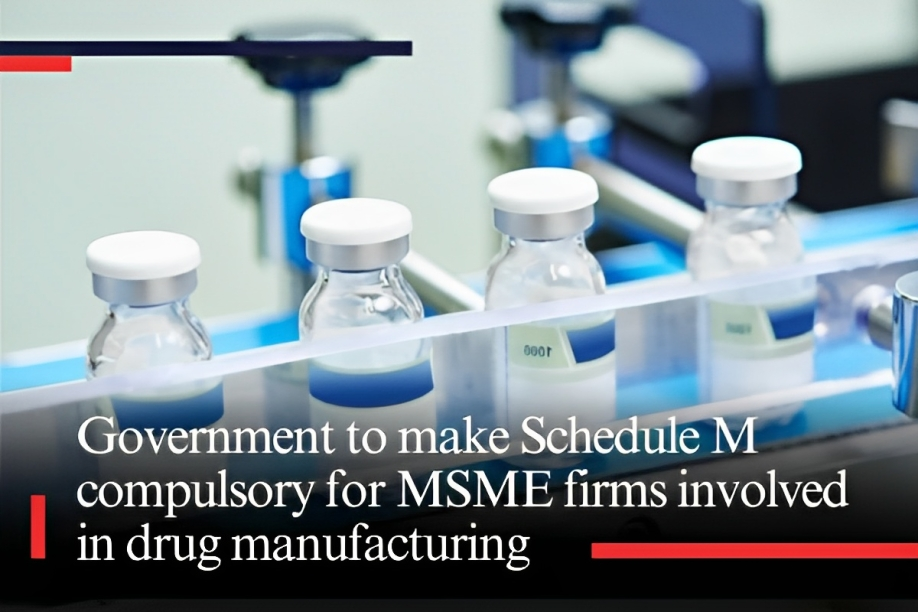Free Courses Sale ends Soon, Get It Now


Free Courses Sale ends Soon, Get It Now



Copyright infringement not intended
Context: The Union Minister of Chemicals and Fertilizers Mansukh Mandaviya announced a major policy decision that will affect the MSME pharma sector in the country. He said that the government will soon make Schedule M compliance mandatory for all MSME pharma firms, which will ensure that they follow the minimum standards of quality, safety and efficacy for their products.
Details
Schedule M
About
Background
Features of Schedule M
Types
Schedule M- 1
Schedule M- 2
Schedule M- 3
Significance
Challenges
Way forward
Must-Read Articles:
Strengthening of Pharmaceutical Industry: https://www.iasgyan.in/daily-current-affairs/strengthening-of-pharmaceutical-industry-spi-scheme
India’s Health Diplomacy and India’s Pharma Sector: https://www.iasgyan.in/daily-current-affairs/indias-health-diplomacy-and-indias-pharma-sector
|
PRACTICE QUESTION Q. The Indian pharma industry is one of the largest and most competitive in the world, but it also faces many challenges and concerns at the international level. How can the industry overcome these issues and maintain its growth and reputation in the global market? What are the main reasons for the concern and what are the possible solutions? |
© 2024 iasgyan. All right reserved